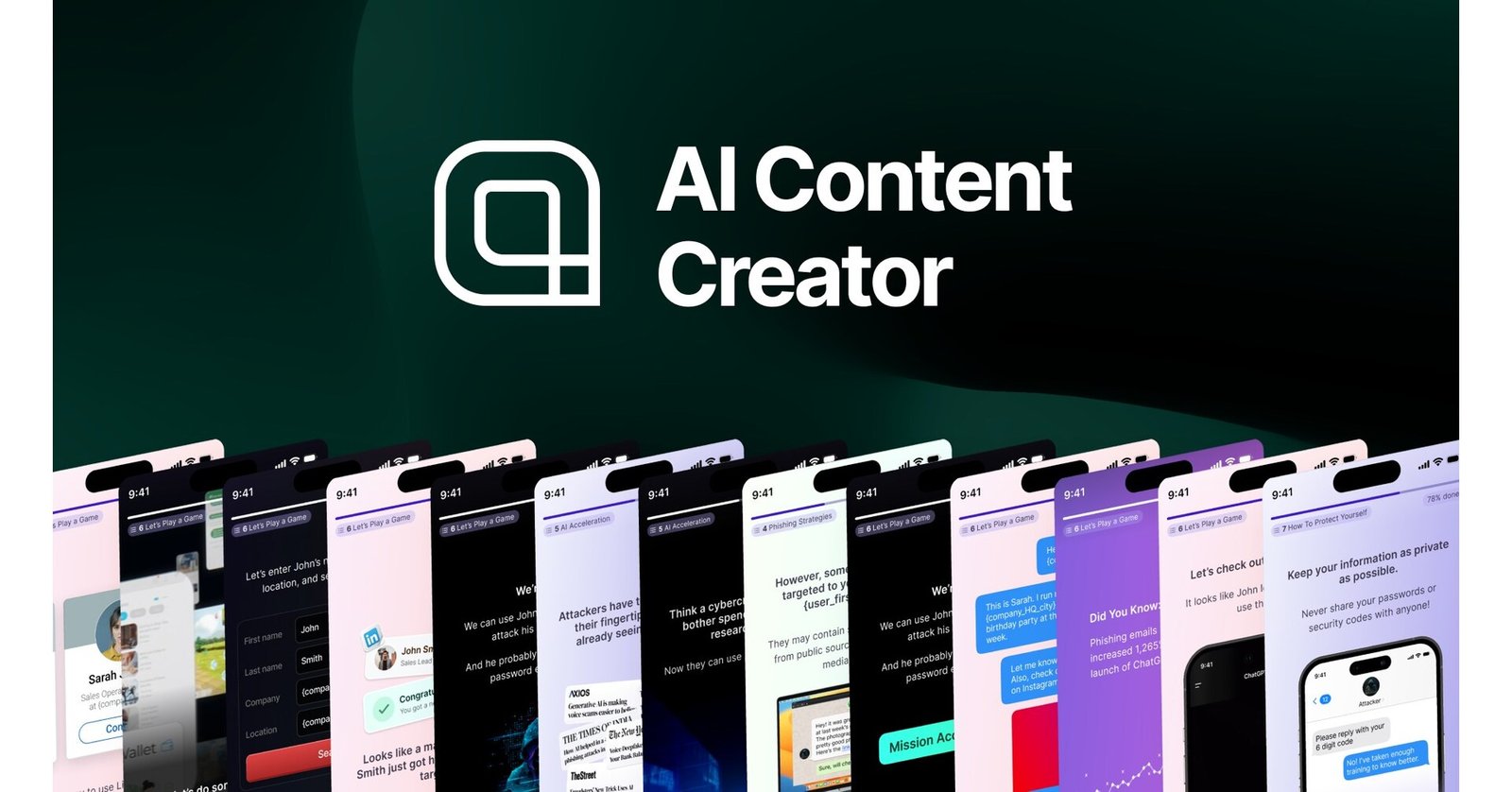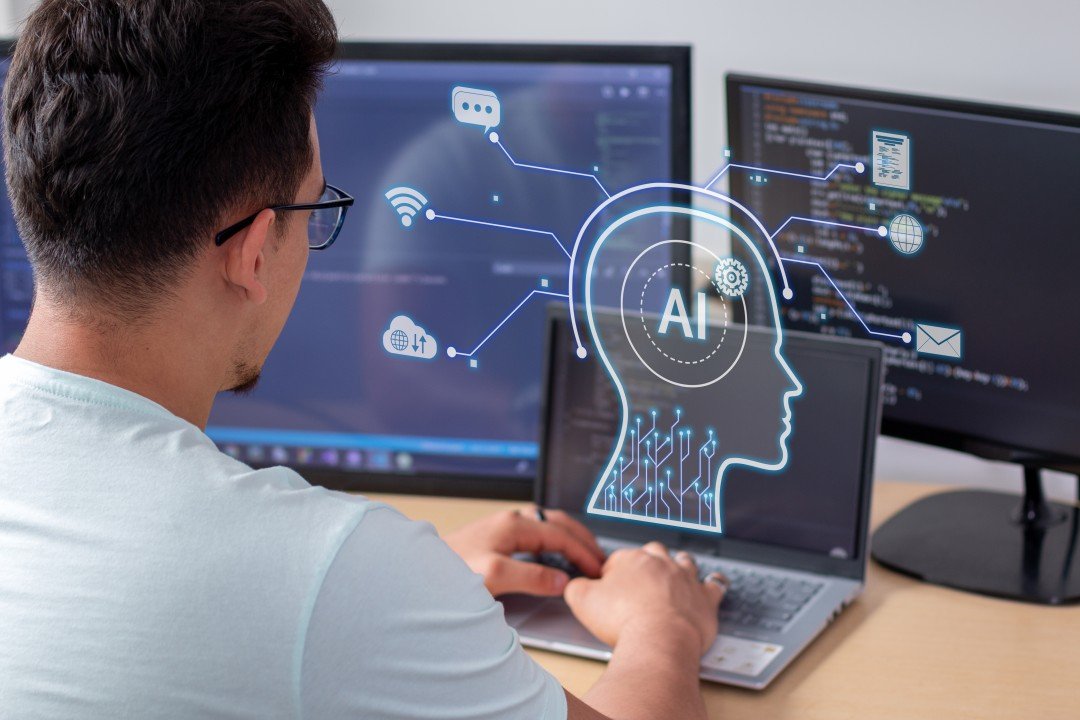Summary of Innovations
OpenAI is making a bold shift towards integrating artificial intelligence into hardware, aiming to reshape how users interact with technology. Partnering with Jony Ive, the celebrated designer known for his work at Apple, the initiative is set to focus on creating devices specifically tailored for AI functionalities. Sam Altman, OpenAI’s CEO, has highlighted the limitations of existing technologies like keyboards and screens, advocating for tools that provide a seamless AI experience without unnecessary friction.
The effort is backed by the acquisition of Io, a start-up founded by Ive, for approximately $5 billion. This collaboration marks Jony Ive’s return to a significant creative role, where he will oversee hardware design and engineering. The project envisions devices bridging AI capabilities with sleek, intuitive designs, potentially bypassing the current reliance on smartphones and computers. This move positions OpenAI to compete directly with major tech firms by merging software, hardware, and user interaction into a singular ecosystem.
Potential Device Concepts
Although detailed specifications of the product remain under wraps, early discussions have pointed to screen-free, wearable AI devices described as “external brains.” These gadgets are expected to leverage context-aware technologies to deliver services without the traditional need for input screens or typed commands. Drawing from recent trends in smart devices, the collaboration aims to address flaws seen in earlier attempts by other companies, such as poor usability or underwhelming functionality.
OpenAI’s future hardware could include features for:

- Authenticating Users: Ensuring privacy and identity protection using integrated mechanisms.
- Preventing Spam: AI-powered tools to reduce unwanted communications.
- Managing Personal Data: Secure handling of information, including IP addresses and search data.
- Content Optimization: Tools for analytics, audience understanding, and personalized services.
These advancements would be aligned with OpenAI’s expanding role in services development, aiming to enhance workflows, consumer tasks, and digital interaction.
The Role of Artificial Intelligence
AI is at the forefront of this ambitious project, enabling capabilities that extend beyond conventional software. By embedding AI into hardware, OpenAI seeks to position users in constant proximity to assistance tools akin to an advanced digital assistant. This approach could simplify everyday tasks, whether it’s accessing information, completing work projects, or managing personal scheduling.
The initiative also pairs with the vision of leading AI-driven product ecosystems, similar to how Apple built interconnected devices like the iPhone and MacBook. With potential for disrupting the current market, OpenAI aims to create technology that thrives across multiple domains, from everyday convenience to robust creative solutions.
Privacy and Security Features

In designing these new devices, OpenAI places a priority on ensuring trust and security for users. Implementing systems that carefully monitor and protect personal information will likely be central. This includes measures such as encryption for stored data, secure access protocols, and compliance with global consent standards. Such mechanisms not only bolster the privacy of users but also align with ethical principles of handling sensitive information.
Key security elements might involve:
- Collection and anonymization of search data for safe usage.
- Smart tracking for content measurement to improve user experience.
- Data protection adhering to international privacy frameworks.
These tools create a secure environment, distinguishing OpenAI’s future products from legacy platforms often criticized for neglecting user privacy.
Design and Engineering Challenges
Jony Ive, who previously championed simplicity and minimalism in product design at Apple, takes on a pivotal role in this venture. As Chief Design Officer for the collaboration, he will address the demanding task of crafting hardware strong enough to support AI functionalities yet intuitive for users. The creative emphasis on reducing unnecessary design complexity aligns with OpenAI’s goals of efficiency and ease.
This partnership also signals OpenAI’s intention to redefine user-device engagement beyond the standard touchscreens and apps. The hardware challenges will encompass areas like:
- Custom Hardware Prototyping: Building devices that integrate seamlessly with AI-driven software.
- Embedded Technology: Ensuring practical, unobtrusive use across diverse environments.
- Streamlined User Controls: Avoiding overwhelming interactions by simplifying input methods.
Through these efforts, the emphasis remains on offering innovative yet user-friendly technology.
Competitive Implications
While OpenAI readies for this ambitious business transformation, major competitors are not far behind. Companies including Google, Meta, and Apple are embedding artificial intelligence into existing systems like digital assistants, browsers, and apps. For instance, Google employs AI in its search bar, while Apple’s updates integrate machine intelligence into devices such as the iPhone. These incremental features, however, have drawn criticism for falling short of providing revolutionary utility.
Meanwhile, OpenAI’s ability to steer both hardware and AI development ensures tighter control over the integration process. Unlike rivals layering AI onto existing platforms, its approach could lead to a creatively cohesive product ecosystem. The strategy also presents lucrative commercial opportunities, leveraging AI’s vast scope while reducing dependency on the products of competitor firms. Altman has underlined plans to consolidate digital services into singular, all-encompassing platforms.
Commercial and Audience Growth
OpenAI’s overarching aim is not just technical innovation but rapid commercial scaling. With products such as ChatGPT already serving over 500 million weekly users, the company has demonstrated its capability to dominate digital spheres. The integration of hardware reinforces OpenAI’s position as both an AI pioneer and a serious market contender.
Elements driving this growth:
- Audience Research: Tailoring product experience through deep insights into user preferences.
- Analytics-Powered Development: Strengthening features based on consumer behavior datasets.
- Unified Offerings: Packaging services, hardware, and software into a cohesive user experience.
Scaling such efforts would help OpenAI maintain dominance in artificial intelligence-driven technology while differentiating from competitors struggling with fragmented ecosystems.
Vision for the Future
Despite challenges faced in the rollout of AI hardware by other companies, this venture brings together strategic elements likely to increase success. The expertise and reputation of Jony Ive in design resonate with the bold ambitions of Sam Altman, instilling confidence in their ability to surpass existing benchmarks in both usability and profitability.
By targeting the development of not just a device but an entire technology ecosystem, OpenAI aspires to set new standards for personalized, AI-integrated computing that both respects privacy and elevates convenience. These strategies, coupled with a commitment to creative responsibilities and engineering innovation, position OpenAI for significant leadership in the next stage of digital evolution.
Frequently Asked Questions

How is Jony Ive connected to his design firm LoveFrom?
Jony Ive co-founded LoveFrom, an independent design company, after leaving his role as Chief Design Officer at Apple. The firm is known for its collaborative approach to design, working closely with clients to bring innovative ideas to life. Ive’s work at LoveFrom builds on his legacy of creating iconic products like the iPhone and iMac.
What kinds of projects has Jony Ive’s company taken on since it was started?
Since its launch, LoveFrom has worked on a variety of ventures, including technological innovations, branding, and product design. The company partnered with major brands such as Ferrari to explore designs for their vehicles and is also involved in creating forward-thinking projects like screen-free devices in collaboration with OpenAI’s leadership.
How has Jony Ive’s approach to design shaped his work at LoveFrom?
Jony Ive’s dedication to simplicity, functionality, and craftsmanship deeply influences every project at LoveFrom. He continues to prioritize human-centered design and minimalism, themes that were key to his Apple tenure. This philosophy ensures that each product or collaboration maintains a sense of purpose and elegance.

What are Jony Ive’s contributions to artificial intelligence technologies?
Jony Ive’s collaboration with OpenAI marks a new chapter in his career. He is helping design a screen-free device intended to integrate AI seamlessly into everyday life. This partnership aims to redefine how people interact with AI through intuitive and innovative product design.
How have Jony Ive’s creations shaped the technology world?
Jony Ive’s designs have had a profound impact on consumer electronics. From the sleek aesthetic of the iPhone to revolutionary products like the iPod, his work redefined industry standards for usability and aesthetics. These designs continue to influence the direction of modern tech products globally.
What is the latest collaboration between LoveFrom and other technology companies?
One of the most notable recent partnerships is between LoveFrom and OpenAI, led by Jony Ive and OpenAI CEO Sam Altman. Together, they are working on creating a contextually aware, screen-free device that could transform how users interact with artificial intelligence. This project highlights Ive’s commitment to pushing the boundaries of innovation in collaboration with world-leading tech companies.





































